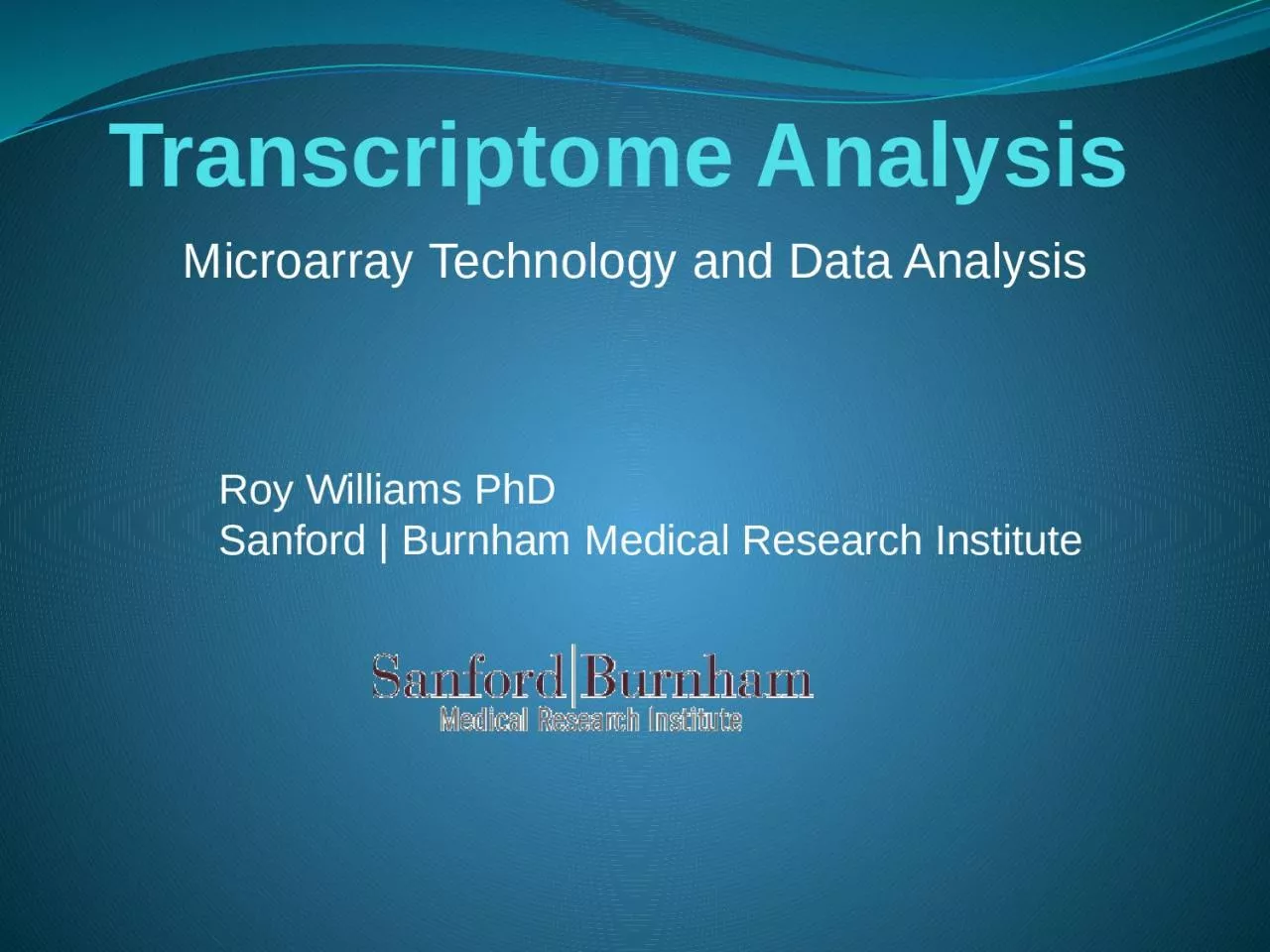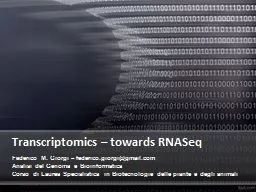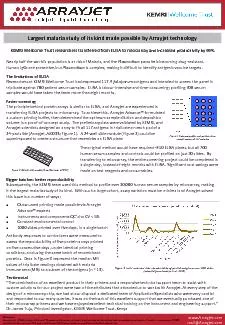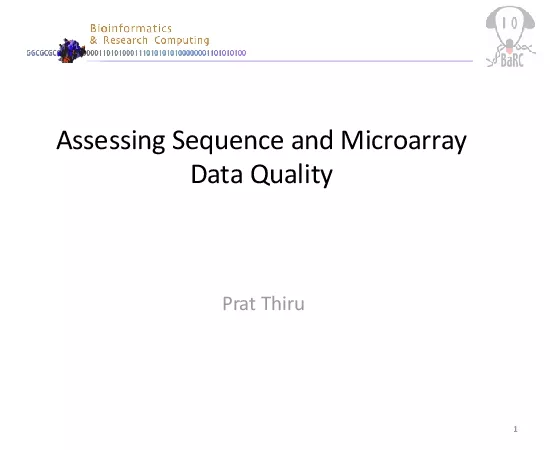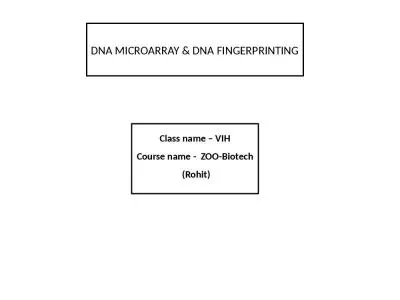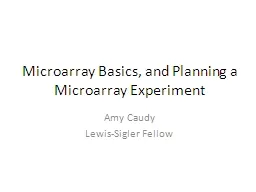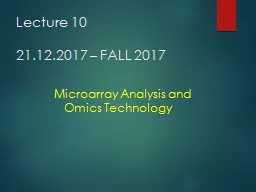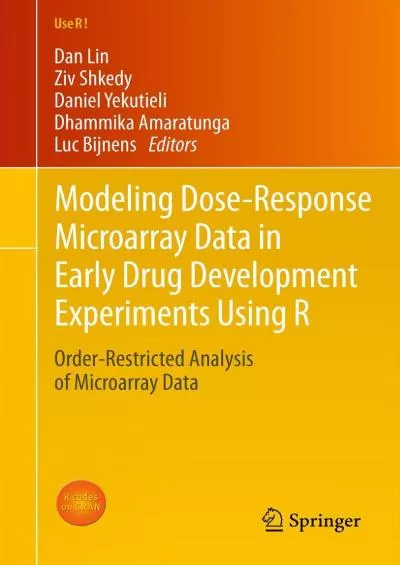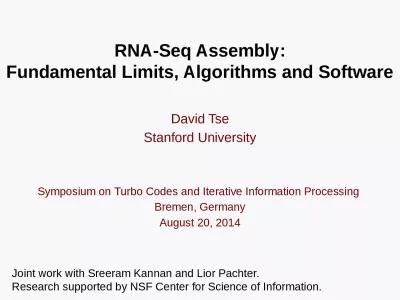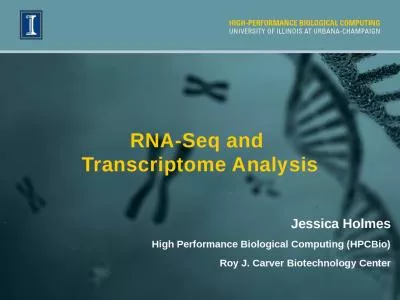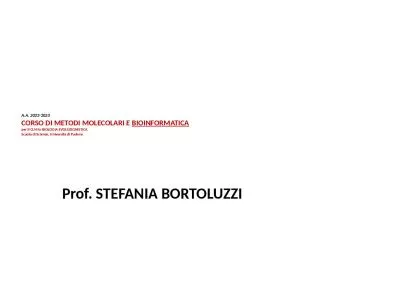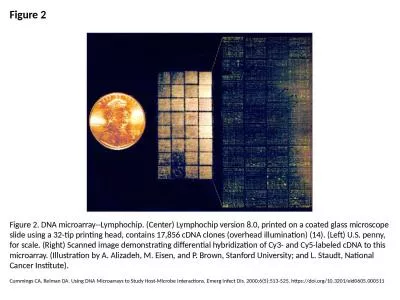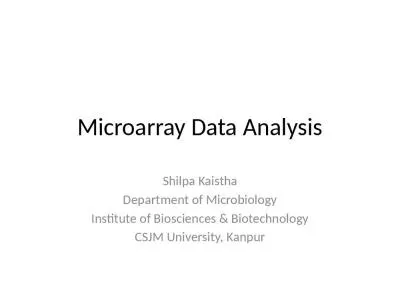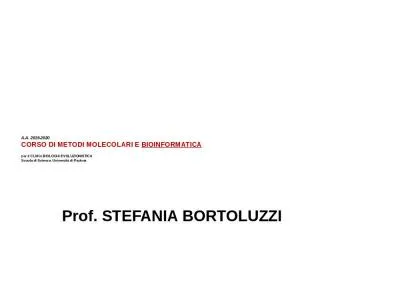PPT-Transcriptome Analysis Microarray Technology
Author : Outlawking | Published Date : 2022-08-03
and Data Analysis Roy Williams PhD Sanford Burnham Medical Research Institute Microarray Revolution Idea measure the amount of mRNA to see which genes
Presentation Embed Code
Download Presentation
Download Presentation The PPT/PDF document "Transcriptome Analysis Microarray Techn..." is the property of its rightful owner. Permission is granted to download and print the materials on this website for personal, non-commercial use only, and to display it on your personal computer provided you do not modify the materials and that you retain all copyright notices contained in the materials. By downloading content from our website, you accept the terms of this agreement.
Transcriptome Analysis Microarray Technology: Transcript
Download Rules Of Document
"Transcriptome Analysis Microarray Technology"The content belongs to its owner. You may download and print it for personal use, without modification, and keep all copyright notices. By downloading, you agree to these terms.
Related Documents

